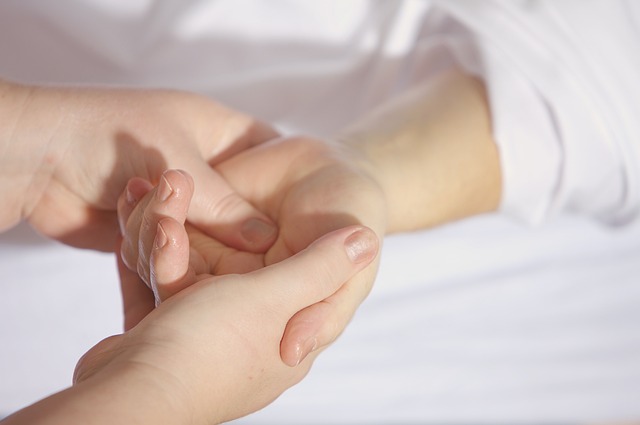The scapula serves four biomechanical roles:
– It is the center of rotation of the humerus.
– It is the anchor of the humerus onto the thoracic wall.
– It keeps the acromion from obstructing the movement of the humerus both in abduction and in flexion, thus there is no impingement.
– It is the means by which forces are transmitted from the core to the arm.
Given the scapula’s integral part of the upper arm’s kinematic chain, the scapular position and thus the glenoid position dictate the degrees of freedom within each plane of shoulder movements
Scapular plane - The scapula upwardly rotates in the frontal plane, posteriorly tilts in the parasagittal plane, and externally rotates in the transverse plane during functional elevation. Scapular control is essential to scapulohumeral coordination.
Scapular resting position – At rest, the scapula is positioned approximately horizontal, 35° of internal rotation and 10° of anterior tilt. During shoulder elevation, most researchers agree that the scapula tilts posteriorly and rotates both upward and externally.
Scapulohumeral rhythm – describes timing of movement at glenohumeral and scapulothoracic joint during shoulder elevation. First 30° of shoulder elevation involves a “setting phase” – the movement is largely glenohumeral – scapulothoracic movement is small and inconsistent. And after the first 30° of shoulder elevation – the glenohumeral and scapulothoracic joints moves simultaneously – overall 2:1 ratio of glenohumeral to scapulothoracic movement.
Scapular dyskinesis is an alteration in the normal position or motion of the scapula during coupled scapulohumeral movements. It may increase the functional deficit associated with shoulder injury by altering the normal scapular role during coupled scapulohumeral motions.
A primary role of the scapula is that it is integral to the glenohumeral articulation, which kinematically is a golf ball and a tee joint. Alterations in scapular position and motion occur in 68% to 100% of patients with shoulder injuries
Scapular pathophysiology/pathomechanics
The causes of scapular dyskinesis can be split into three
Groups: Shoulder-related; Neck-related; Posture-related
The scapulohumeral rhythm can be disturbed either by inappropriate Pattern of muscle activation (too slow or too fast) or inappropriate, Force of muscle contraction (too strong or too weak). Many Muscles acting in different directions influence the scapula, and It is understandable that the timing and force of muscle activity dictates its movement.
The trapezius and the serratus anterior muscles have been linked to the development of dyskinesis in both shoulder impingement and shoulder instability. In impingement, the upper and lower trapezius along with the serratus anterior have altered their activation pattern, with the trapeziae showing a greater strength of activation compared to the serratus anterior .
The soft tissues that surround the shoulder have been linked to the development of altered scapular mechanics. Namely, Both pectoral muscles (major and minor) and the glenohumeral capsule have been identified as important factors. The tightness Of the muscles of the pectoral region promotes anterior translation of the shoulder girdle and consequently the scapula. Furthermore, stiffness of the posterior aspect of the glenohumeral capsule shows an altered resting scapular position, further Anteriorly compared to normal individuals, a similar pattern to shoulder impingement.
According to the standard classification, three types of SD can be distinguished:
- a posterior displacement from the posterior thorax of the inferior medial angle (type I),
- a posterior displacement from the posterior thorax of the entire medial border of the scapula (type II) and
- an early scapular elevation or excessive/insu_cient scapular upward rotation (dysrhythmia) during dynamic observation (type III)
Patients with symptomatic SD show an altered scapular orientation: they present the increasing activity of the serratus anterior, middle and lower trapezius muscles during arm elevation, abduction, and side-lying external rotation (ER). For these patients, scapular asymmetry in multiple planes is more prevalent during humeral elevation in flexion.
In SD, proximal and distal causative factors can be identified.
- Proximal factors may include the weakness of the scapular muscle, lower trapezius, and serratus anterior,
- Distal factors may include joint internal imbalance such as labral tears, GH instability, acromioclavicular separation
Proximal factors are usually manageable with rehabilitation, while distal ones need a surgical approach followed by proper rehabilitation protocols. Muscle detachment from the medial border of the scapula leads to SD




